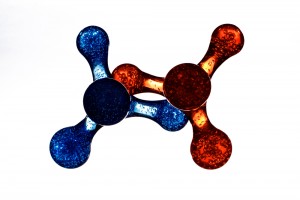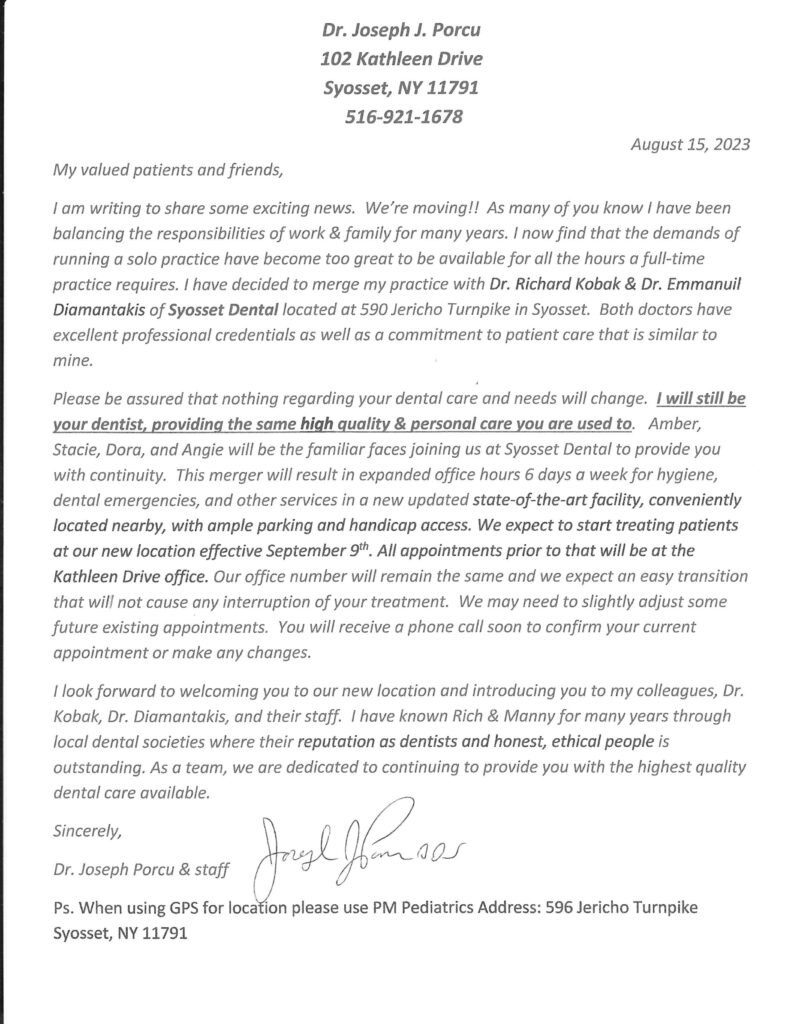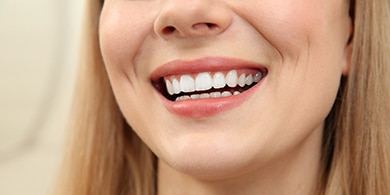 Sometimes, the best defense is a good offense. For centuries, humans have found innovative ways to defend against tooth decay. Today, the array of innovative cavity detection and treatment methods is impressive, yet cavities remain the number one disease among children. Research and experiments around the world are now geared toward attacking the formation of tooth decay instead of merely defending against it. Syosset dentist Dr. Richard Kobak discusses two developments that can help change the face of the oral health war.
Sometimes, the best defense is a good offense. For centuries, humans have found innovative ways to defend against tooth decay. Today, the array of innovative cavity detection and treatment methods is impressive, yet cavities remain the number one disease among children. Research and experiments around the world are now geared toward attacking the formation of tooth decay instead of merely defending against it. Syosset dentist Dr. Richard Kobak discusses two developments that can help change the face of the oral health war.
Step 1: Understand the Enemy
The most common cause of tooth decay is poor oral hygiene. More specifically, if you do not brush and floss your teeth at least twice a day, bacteria have the opportunity to accumulate. When the 600 different kinds of oral bacteria gather in your mouth, they create a sticky substance made of extracellular DNA and known as plaque. Aside from holding the microbes together, plaque also allows them to stick to the surface of your teeth, giving harmful bacteria a front row seat to synthesize the food you eat. By definition, oral bacteria inhabit your mouth. Eliminating all of them in the name of cavity prevention would be impossible.
Step 2: Divide the Enemy
While researching ways to make ship hulls microbe-repellant, researchers from Newcastle University’s School of Marine Science and Technology paid special attention to Bacillus licheniformis, a bacterium found on the surface of seaweed. In collaboration with Dr Nicholas Jakubovics and his team from the University’s School of Dental Sciences, the researchers discovered that an enzyme from the bacteria has impressive plaque fighting capabilities. This enzyme is able to break down the extracellular DNA of dental plaque, depriving bacteria of their foothold and weakening the glue that holds them together.
Step 3: Conquer the Enemy
Of the harmful bacteria that dwell around your teeth, Streptococcus mutans has been isolated as the main facilitator of tooth decay. S. mutans processes the food and beverages you consume and synthesizes sugars and carbs into lactic acid. The acid begins the tooth decay process by attacking and weakening your tooth enamel. In 2005, researchers Jose Cordova of Yale University and Erich Astudillo from the University of Chile began investigating ways to fight tooth decay at its source. They discovered a molecule that actively seeks out and destroys the S. mutans strain of bacteria, and dubbed the molecule Keep 32, after the number of teeth in a healthy adult mouth. Patents for the molecule are pending, and the pair hopes to incorporate their discovery into dental products like toothpaste and mouthwash soon.
The future of tooth decay prevention seems bright, but until products such as these are available to the general public, you should continue to brush and floss your teeth at least twice a day. Also, visit Dr. Kobak at least once every six months for a comprehensive dental checkup and cleaning. To schedule an appointment, call our Syosset dental office at (516) 433-2211. We welcome patients from Long Island, Nassau, Suffolk, and the surrounding New York City neighborhoods.











